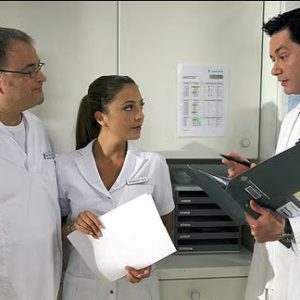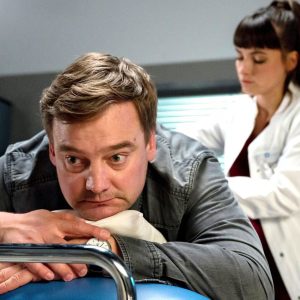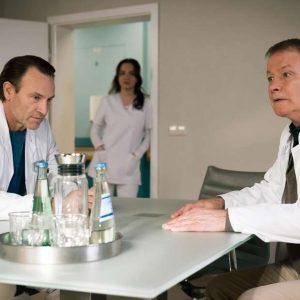In aller Freundschaft – Artus’ Rückkehr ins Leben
Spoiler Alert! This summary reveals significant plot points from “In aller Freundschaft – Artus’ Rückkehr ins Leben.” Do not read further if you wish to avoid spoilers.
The film centers around Artus, whose life has been irrevocably altered by a traumatic accident. We see flashbacks showcasing his previously vibrant personality, a skilled and passionate doctor with a bright future. The accident, however, leaves him with severe physical and psychological scars, impacting his ability to function both professionally and personally. His return to the Sachsenklinik isn’t a triumphant homecoming; instead, it’s a struggle for survival, both physically and emotionally. He grapples with the limitations imposed by his injuries, facing moments of frustration, self-doubt, and despair.
His colleagues, friends, and family, particularly his loved ones, rally around him, providing unwavering support. But Artus’s journey isn’t a simple linear recovery. The film depicts the complex emotional rollercoaster he endures, showing moments of progress interspersed with setbacks and relapses. His relationships with colleagues are strained by his altered state; his interactions with patients are impacted by his inability to perform to his previous standards. The pressure he places on himself only exacerbates his psychological wounds. His journey showcases the emotional toll of such a devastating injury, demonstrating the profound impact on self-esteem and professional identity.
A significant portion of the film focuses on his arduous physiotherapy, depicting the painstaking effort required to regain even basic motor functions. The audience witnesses his triumphs and failures within this context, feeling his pain and frustration alongside him. He faces moments of questioning his future and purpose, pondering if he will ever be the doctor he once was. This internal conflict is central to the film, adding a layer of depth to his struggle.
The film explores not only Artus’s physical rehabilitation but also his mental and emotional recovery. He undergoes therapy, confronting the psychological trauma connected to the accident. This process is portrayed with sensitivity and honesty, revealing the difficult and often messy nature of healing from such a significant life-altering event. He learns to accept his limitations and find a new sense of self, a process that takes considerable time and perseverance.
The ending isn’t a simple resolution, but rather a poignant depiction of his acceptance of a new normal. While he may never fully regain his prior abilities, he discovers a different path to fulfillment, one that embraces his new realities. He finds a different way to contribute to the Sachsenklinik and maintain a fulfilling connection to his profession. The film ultimately celebrates the resilience of the human spirit and the strength found in accepting change and moving forward, even amidst profound hardship. The film leaves the audience with a sense of hope and understanding of the long and challenging road to recovery.





